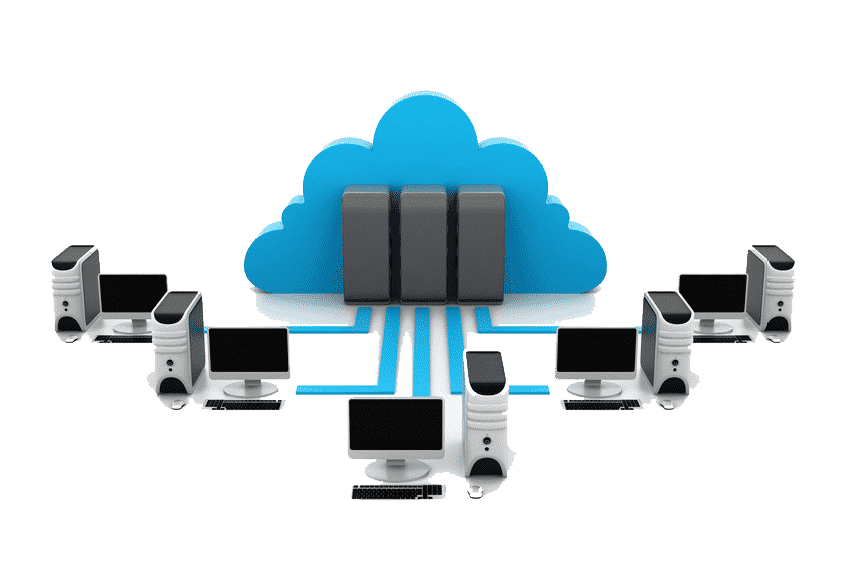
Think about shifting your company to the cloud?
If you’re wondering whether it’s the right move to make, the right response is “yes”. Using the cloud would put you in the company of many other businesses across the world. It’s estimated that the cloud will handle 94 percent of the internet’s workload by 2021, according to recent study.
In your investigation, you’ve probably come across all kinds of reasons to move to the cloud. Your main concern is likely to be the safety of the leap. Can you rely on the cloud?
Let us prove to you that it is possible.
But before we get started, let’s define what a cloud server is.
What is a cloud server?

A cloud server is a centralized, pooled server resource that is hosted and delivered through a network (typically the Internet) and accessed by numerous users on demand. This means that cloud servers are able to provide all of the same resources as traditional servers, including processing power, storage, and applications.
With a cloud computing architecture, cloud servers may be hosted anywhere in the globe and can offer remote services. Traditional servers are often installed on site for a single organization’s exclusive use.
As a rule of thumb, cloud computing is highly scalable, reliable, and cost-effective. The question is, what about other areas? In terms of performance, connectivity, and security, how trustworthy is cloud computing?
How reliable is cloud computing?
Performance and security issues in cloud computing are real. Customers’ activities have caused certain difficulties, while cloud computing is to blame for others. Whatever the problem comes down to, there is usually a resolution that results in dependable cloud computing. All you are required to do is identify the presence of an issue, find the root cause, and generate a solution.
Performance

Because the public cloud is used by so many people, many customers’ apps and data are housed on one infrastructure. When one Virtual Machine (VM) or application consumes the bulk of the shared resources, it affects the network performance of the other VMs and apps.
As soon as you discover a performance issue, ask your provider to transfer the asset to a different area for testing where the asset is installed right on to hardware rather than within the host operating system, to see whether it’s due to a “noisy neighbour.” If this does not address the problem, the problem is most likely due to the asset being under-provisioned.
Connectivity

In order to profit from cloud computing, you need to be connected to the data center of your cloud service provider. In most cases, these service providers have signed formal agreements promising “99.9% uptime”. ‘Service credit’ is given if they fail to deliver on their commitment.
When a service you didn’t receive severely impacts your business, the loss is far larger than the credit’s worth. Because cloud service providers take steps to ensure redundancy, service failures are extremely rare in the cloud.
As a result, while connectivity isn’t 100% guaranteed all the time, it is quite dependable.
Security

One of the biggest obstacles to cloud migration is the perception of cloud security, which is partly due to the fact that you have no ownership or management privileges with regards to the infrastructure on which your data is housed.
Cloud-based solutions are generally more secure than on-premises systems protected by firewalls, thus it’s the notion of cloud security that’s insecure, not the processes.
What matters to most security professionals is how to access data rather than where it’s located. In truth, the majority of security problems are the result of faulty assets, phishing, and a lack of protection for authentication credentials and personal devices, among other factors. The cloud service provider is not responsible for any of this.
Users, not service providers, are to blame for cloud computing security flaws, according to research. Users are responsible for protecting their assets in order to ensure trustworthy cloud computing in terms of security. As a result, vulnerability testing and continuous security monitoring are essential for securing your cloud assets in this regard. Just how safe you make the cloud is entirely up to you.
Conclusion
Undoubtedly, your firm will have to shift to the cloud to be competitive in today’s global marketplace. If you’ve ever had to deal with critical data, you know how frightful it can be. With proper research and preparation, you can choose a service that will reduce downtime and safeguard you from catastrophe.




